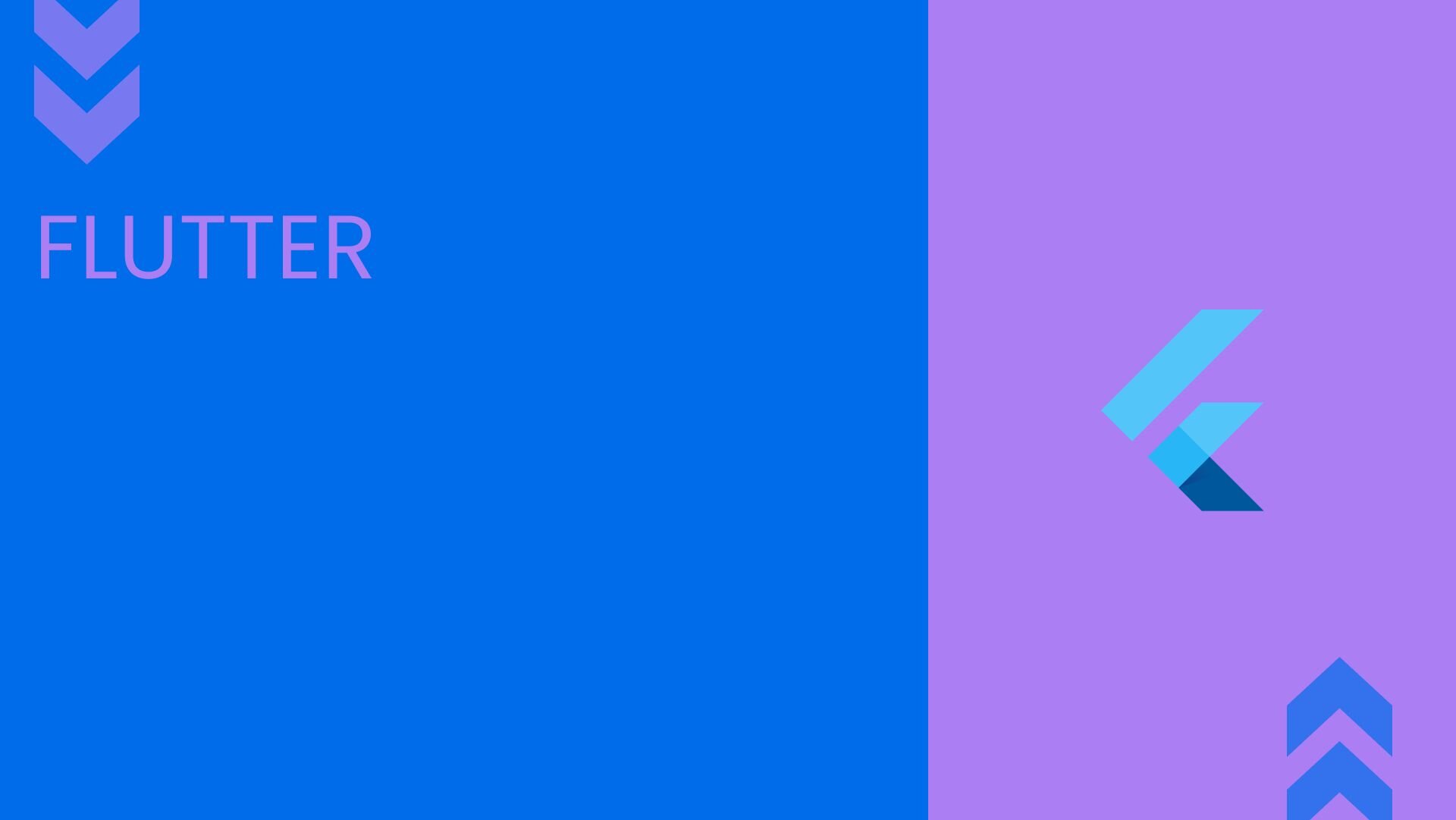
Flutter Definition



Glossary Terms


What is Flutter?
At its core, Flutter is a framework that allows developers to create cross-platform applications efficiently. It's built on three key components:
- The Flutter engine: A C++ runtime for low-level rendering using Skia graphics library
- The Dart platform: Provides the language and runtime for executing Flutter code
- The Foundation library: A set of core classes and functions written in Dart
Flutter's architecture bypasses the platform's UI components, rendering directly to the canvas using its own engine. This approach ensures consistent performance and appearance across different platforms.
import 'package:flutter/material.dart';
void main() => runApp(MyApp());
class MyApp extends StatelessWidget {
@override
Widget build(BuildContext context) {
return MaterialApp(
home: Scaffold(
appBar: AppBar(title: Text('Flutter App')),
body: Center(child: Text('Hello, Developer!')),
),
);
}
}
This simple example demonstrates the basic structure of a Flutter app.
Key features for developers
Hot reload
Flutter's hot reload feature significantly speeds up the development process. It lets you change your code and see the results almost instantly, without losing the app's state.
# After making changes to your code
flutter hot reload
Flutter widgets
In Flutter, everything is a widget. This consistent approach simplifies UI development and makes it more intuitive.
class CustomButton extends StatelessWidget {
final String text;
final VoidCallback onPressed;
CustomButton({required this.text, required this.onPressed});
@override
Widget build(BuildContext context) {
return ElevatedButton(
child: Text(text),
onPressed: onPressed,
style: ElevatedButton.styleFrom(
primary: Colors.blue,
onPrimary: Colors.white,
padding: EdgeInsets.symmetric(horizontal: 20, vertical: 10),
),
);
}
}
Stateful widgets
Stateful widgets are a key concept in Flutter, allowing for dynamic and interactive user interfaces. They can change their appearance in response to user interactions or other events.
class Counter extends StatefulWidget {
@override
_CounterState createState() => _CounterState();
}
class _CounterState extends State<Counter> {
int _count = 0;
void _increment() {
setState(() {
_count++;
});
}
@override
Widget build(BuildContext context) {
return Column(
children: [
Text('Count: $_count'),
ElevatedButton(
onPressed: _increment,
child: Text('Increment'),
),
],
);
}
}
This example demonstrates a simple counter implemented as a Stateful Widget. The setState() method is used to update the widget's state and trigger a rebuild.
Cross-platform development
Flutter allows you to write code once and run it on multiple platforms. Here's how you can check the current platform:
import 'dart:io' show Platform;
if (Platform.isAndroid) {
// Android-specific code
} else if (Platform.isIOS) {
// iOS-specific code
} else if (Platform.isWindows) {
// Windows-specific code
}
Testing support
Flutter provides testing capabilities, including unit tests, widget tests, and integration tests.
import 'package:flutter_test/flutter_test.dart';
void main() {
testWidgets('Counter increments smoke test', (WidgetTester tester) async {
await tester.pumpWidget(MyApp());
expect(find.text('0'), findsOneWidget);
await tester.tap(find.byIcon(Icons.add));
await tester.pump();
expect(find.text('1'), findsOneWidget);
});
}
Flutter and existing operating systems
Flutter is designed to work seamlessly across multiple operating systems, including iOS, Android, Windows, macOS, and Linux. It allows developers to create applications that run natively on these platforms from a single codebase. Flutter's architecture ensures consistent performance and appearance across different OS environments, making it a popular choice for cross-platform development. While it's not an operating system itself, Flutter's versatility has led to its integration into various OS ecosystems. For example, Google's experimental Fuchsia OS uses Flutter as its primary UI framework. This cross-OS compatibility, combined with its performance and developer-friendly features, has positioned Flutter as a strong contender in the cross-platform development space, competing with frameworks like React Native and Xamarin while maintaining good relationships with major OS providers.
Getting started
- Install Flutter SDK: Flutter Installation Guide
- Set up an IDE (VS Code or Android Studio recommended)
- Create a new Flutter project:
flutter create my_flutter_app
cd my_flutter_app
flutter run
Limitations and considerations
- Platform-specific features may require additional plugins or native code
- Flutter apps can be larger than native apps due to the embedded runtime
- The ecosystem is growing but may lack some specialized libraries
Resources for further learning
Flutter offers a powerful and efficient way to develop cross-platform applications. Its rich widget library, hot reload feature, and growing community support make it an increasingly popular choice for mobile and web development.
RELATED CONTENT
Share this page




Link copied to clipboard!



